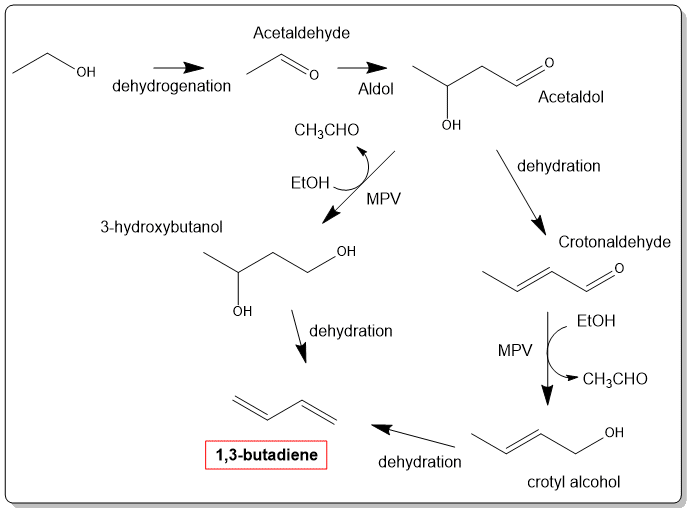Research
Research activities and interests within the group focus on several different aspects of the synthesis of homogeneous and heterogeneous catalysts for sustainable chemical transformations and green chemistry.
Our work involves a major synthetic component, most of which is carried out using inert atmosphere techniques. Work utilises solution-state NMR (within the department), mass spectrometry, electron microscopy and X-ray crystallography to probe the structure of the homogeneous catalysts.
Research Interests:

1. Production of biodegradable polymers from renewable resources
In this area my group is developing new initiators for the production of polylactide (PLA), co-polymers and polymers from terpenes. PLA is a biodegradable and annually renewable polymer. We are pioneering new ligands and complexes for the production of isotactic PLA – this work has recently been published in Chemical Science 2015 and Chemical Communications 2014, 2016. These papers describe a new “self-correcting” method of the polymerisation of lactide and illustrate the subtle nature that the initiator has on selectivity and rate of polymerisation.

I have graduated four PhD students in this area, collaborate with a team in the UK (through the UK Catalysis Hub Network), in Germany (Aachen) and in Brazil on aspects of this work. We are investigating new monomers for renewable resources (terpenes, sugars) with polymer properties that will facilitate the preparation of drop-in replacements for crude-oil based polymers.
2. Catalytic up-grading of renewable materials

In this area we are interested in the conversion of ethanol into 1,3-butadiene (a monomer for the production of synthetic rubber). This is driven by the in-stability in the supply and the cost fluctuation of the monomer. There has been a lot of work in this area in the 1920’s, but with the bountiful supply of crude oil the “bio” route fell out of favour. This work has attracted industrial interest, (e.g. a patent has been filed WO2014180778A1) where we have developed a catalyst that is capable of producing butadiene with a selectivity in excess of 70%. There are still significant challenges posed by this research. For example, the selectivity towards ethylene and diethyl ether are relatively high. We are working on new catalysts (understanding how the acid/base properties affect this) to minimise these unwanted side reactions.
Also we are also working on projects involving the catalytic depolymerisation of lignin. This is important in the 21st Century as lignin represents a major un-tapped resource.
In this area we are interested in the conversion of ethanol into 1,3-butadiene (a monomer for the production of synthetic rubber). This is driven by the in-stability in the supply and the cost fluctuation of the monomer. There has been a lot of work in this area in the 1920’s, but with the bountiful supply of crude oil the “bio” route fell out of favour. This work has attracted industrial interest, (e.g. a patent has been filed WO2014180778A1) where we have developed a catalyst that is capable of producing butadiene with a selectivity in excess of 70%. There are still significant challenges posed by this research. For example, the selectivity towards ethylene and diethyl ether are relatively high. We are working on new catalysts (understanding how the acid/base properties affect this) to minimise these unwanted side reactions.
Also we are also working on projects involving the catalytic depolymerisation of lignin. This is important in the 21st Century as lignin represents a major un-tapped resource.
3. Catalytic up-grading of CO2
My group’s interest in the work stems from a £1.5M EPSRC grant looking at novel ways of converting CO2 to higher value chemicals. Out of this project we developed a new catalyst (TEM pictured) which was extremely active for the conversion of CO2 to light olefins. This work is a collaboration with Prof. Davide Mattia in Chemical Engineering here in Bath. We are developing catalysts based on carbon nanotubes and silica systems for the conversion of CO2 to value added chemicals.
